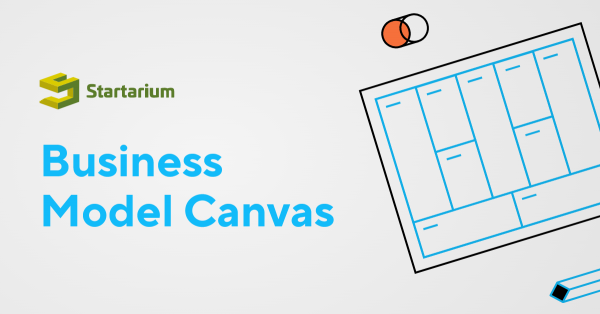“Determine what behaviors and beliefs you value as a company, and have everyone live true to them. These behaviors and beliefs should be so essential to your core, that you don’t even think of it as culture.” – Brittany Forsyth, VP of Human Relations, Shopify

When you start to grow as an entrepreneur and you have a team big or small, it is important to plan and execute an organizational strategy and a culture that is coherent with your beliefs and with the triple balance approach that we have been learning in the past modules.
An organizational culture is the set of beliefs, ideologies, processes, and attitudes held by the people that make up an organization. It may form organically on its own and it also can be framed and influenced by internal organization practices and policies.
As explained by the Harvard Business Review, an organization’s culture also guides the decisions of its members by setting and reinforcing expectations about what is appreciated and how things should be done, providing a sense of identity to its members – whose behaviors constantly reinforce and reshape the culture – about who they are and what they do.
If done well, a sustainability strategy means reviewing a company’s purpose and mission at first. It means moving from a stakeholder first, business as usual mindset, to a collaborative, nature-centered worldview that considers value creation for the many.
Such sustainability strategies help companies prepare before they apply for sustainability standards – such as the B Corp Certification. Usually, they include developing a materiality analysis, measuring a company’s impacts, and developing a theory of change matrix.
Your sustainability culture can be strong or weak. A strong one exists if people share a belief in sustainability’s importance and behave in ways that support it — including making decisions that balance long-term considerations with short-term needs.
Traditionally, there has been talk of a golden triangle of organizational design, which would be composed of 3 variables:
Context/Environment: Your environment conditions your organizational design. When the environment is very predictable, a hierarchical structure based on many rules was sought.
When the environment is chaotic or complicated, you look for a testing environment to change and make mistakes quickly. This is the reason why many founders or leaders are now looking to change the organizational design, because hierarchies are not agile in a VUCA environment.
Team/People: In this part we refer specifically to how decisions are made. Traditionally, it has been taken for granted that there should be a hierarchy. But the Internet, and its distributed form of organization, is ushering the world into a new era of collaboration, based on networked hierarchies.
Product: All products ans services go through four phases: idea, prototype, product and commodity. Everything evolves until it is automated. Depending on the stage of this evolution, the design of a startup or that of a commodity is more appropriate.
Organizations with a strong sustainability culture strive to support a healthy environment and improve the lives of others while continuing to operate successfully over the long term.
But how can such sustainable business cultures be created?
The role of the leader
As role models of the company, founders/leaders play a fundamental role in showing everyone the importance of sustainability for the organization.For example, by favoring long-term vs. short-term payoff options in all communications so everyone remembers that shortcuts to profiting at the expense of the planet and society aren’t the way to “get things done”.
Also, actions speak louder than words son the use of public transport regularly or having plant-based diets are signs of setting an example and sending everyone a strong signal.
Create Rituals
Create shared beliefs in sustainability’s importance . Culture arises when a series of understood notions on sustainability are shared by your team. Make sure the company’s sustainability vision is regularly remembered and celebrated in different ways and at different scales. Organizing activities like sustainability weeks, team competitions, or communication campaigns also help employees learn about sustainability issues.
Communication is everywhere
The language and the colors used for internal and external communications, the type of food or drinks that are regularly consumed, an animal mascot, an office filled with plants, all of these help to communicate your sustainability vision, reinforcing a sense of belonging and cohesion and a culture of sustainability. Facilitate sustainability-focused actions both at work and in personal lives.
Promote and reward green behaviors
Every team has members who already care about the environment. These people are usually eager to contribute to the creation of a culture of sustainability – find them and recognize them formally! They can be used as facilitators/communcators for sustainability initiatives-.
Share information and trainings
Make sure you and your team do not get behind and participate in sustainability training and forums where best practices are shared and discussed.
All of these actions will contribute in the creation and maintenance of a sustainable organizational culture.
How to align your organisation























